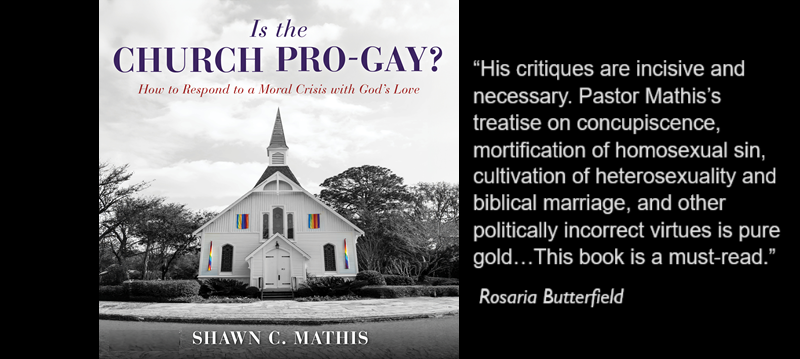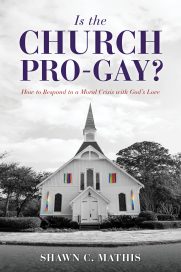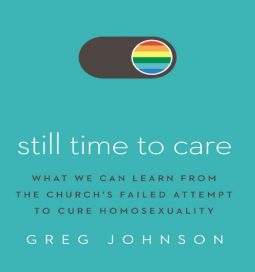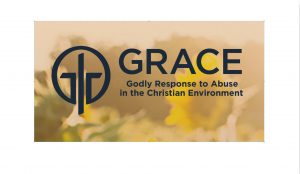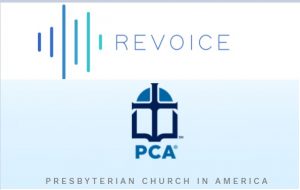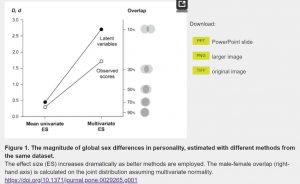[The following are Pastor Mathis’ lecture notes in a multi-part series from the Spring 2014 Presbytery of the Midwest Seminar, “A Pastoral Evaluation of the Family Integrated Church Movement.” More information on the movement, homeschooling and the history of Christian education, see the new book Uniting Church & Family (Kindle format).]
Introduction
In Scotland, by the North Sea, the small town of Elgin had simple educational requirements. The directory for the local grammar school required that “upon the Lord’s day, masters and scholars shall convene in school at eight o’clock in the morning, and after prayer in the English tongue, the several classes shall be exercised—the seniors in the exposition of a sacred lesson [of the Psalms or catechism]…and the juniors in getting ‘by heart’ some select English psalms, or the ordinary catechism; they shall return to school in the afternoon at the first bell after sermon, and be exercised till the second bell in reading their sacred lesson…” (Grant, 427).
This requirement is dated 1649. Scotland had Sunday school 131 years before the supposed first Sunday school of Robert Raikes.
This is not an isolated historical incident. Further south in Scotland, the town of Peebles required the local grammar schoolmaster on “each Sunday [to] conveane the said male bairnes at eight hours in the morning and teach them their Sunday’s lessons of Scripture and catechising till the ringing of the second bell to the kirk…” After the second sermon, he is to examine their notes of the sermon and their Sunday’s lessons (Strong, 147).
Similar religious training for children can be discovered in other parts of Scotland during the 17th and 18th century. In 1696, the scholars of the Glasgow grammar School were required to attend church worship with their school master; afterward, he would return to school and spend two hours drilling them on the sermon and the catechism. In 1596 the grammar school of Edinburgh the various school regents were required to teach a catechism or Psalms to the students on Sunday. The school of Stirling had similar practices (Strong, 147,78, 84). This was in addition to public recital of the catechism before the church body. And the schoolmaster of Jedburgh, in 1656, was required to instruct his scholars between sermons. In 1674, the master of the grammar school of Dundee had similar requirements. And in 1700, the students of the grammar school of Aberdeen were examined after the second service as to the sermons they listened to that Sunday (Grant, 429).
It is already known that catechism instruction was a common practice in all the Reformed churches. The Genevan ordinances of 1541 required that “at midday there is to be catechism, that is instruction of little children in all three churches.” Further, it required that all parents send their children to this Sunday class. The Synod of Dordt called upon the church, family and school to cooperate on the catechizing of the covenant children.
So, it should come as no surprise that the New England churches also had Sunday school. The church of Norwich wrote a public covenant in 1676:
“That our Children shall be brought up in the Admonition of the Lord, as in our Families, so in publick; that all the Males who are eight or nine years of age, shall be presented before the Lord in his congregation every Lord’s Day to be Catechised, until they be about thirteen years in age. Second. Those about thirteen years of age, both male and female, shall frequent the meetings appointed in private for their instruction, while they continue under family government, or until they are received to full communion in the church” (Colonial Society, 261).
The records of the Springfield, Plymouth, Dorchester and Roxbury churches also record schooling of children on the Lord’s Day. The particulars differed. The consistency of the practice is unknown. But it was practiced generations before Raikes popularized his version of it.
An article in the Congregational Quarterly, of 1865, made similar remarks, claiming that such schooling on the Sabbath began with John Knox. The article continued:
“These schools are frequently referred to in the records of that Church, and in the biographies of good men connected with it. In 1647, the General Assembly recommended to all universities to take account of their scholars on the Sabbath day of the sermons, and of their lessons in the catechism. John Brown, the godly carrier, had in his day a Sabbath school at Priesthill. It is stated, on the authority of Rev. John Brown, D. D., of Langton, Berwickshire, that Sunday schools were in existence in Glasgow, and other places, in 1707. They were in operation in Glasgow, and other places, in 1759, and also in many places in 1782.”
The New Schaff-Herzog Encyclopedia (of 100 years ago) offered a suggested list of pre-Raikes Sunday schools, including Knox, Joseph Alleine, Joseph Bellamy and 24 others.
Far from being a relatively new innovation of the last 200 years, the Reformed churches have a long history of instructing the youth on the Lord’s Day.
